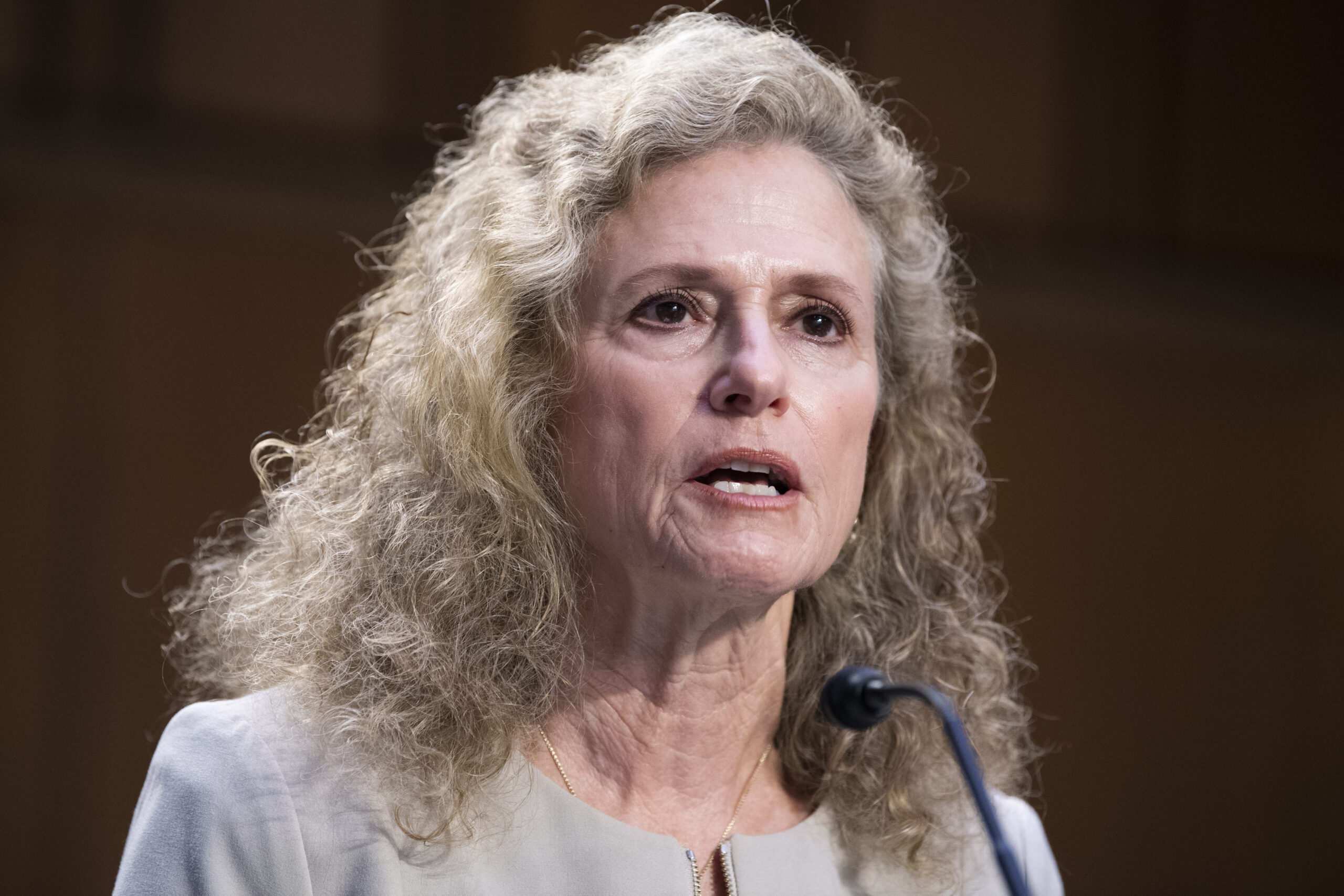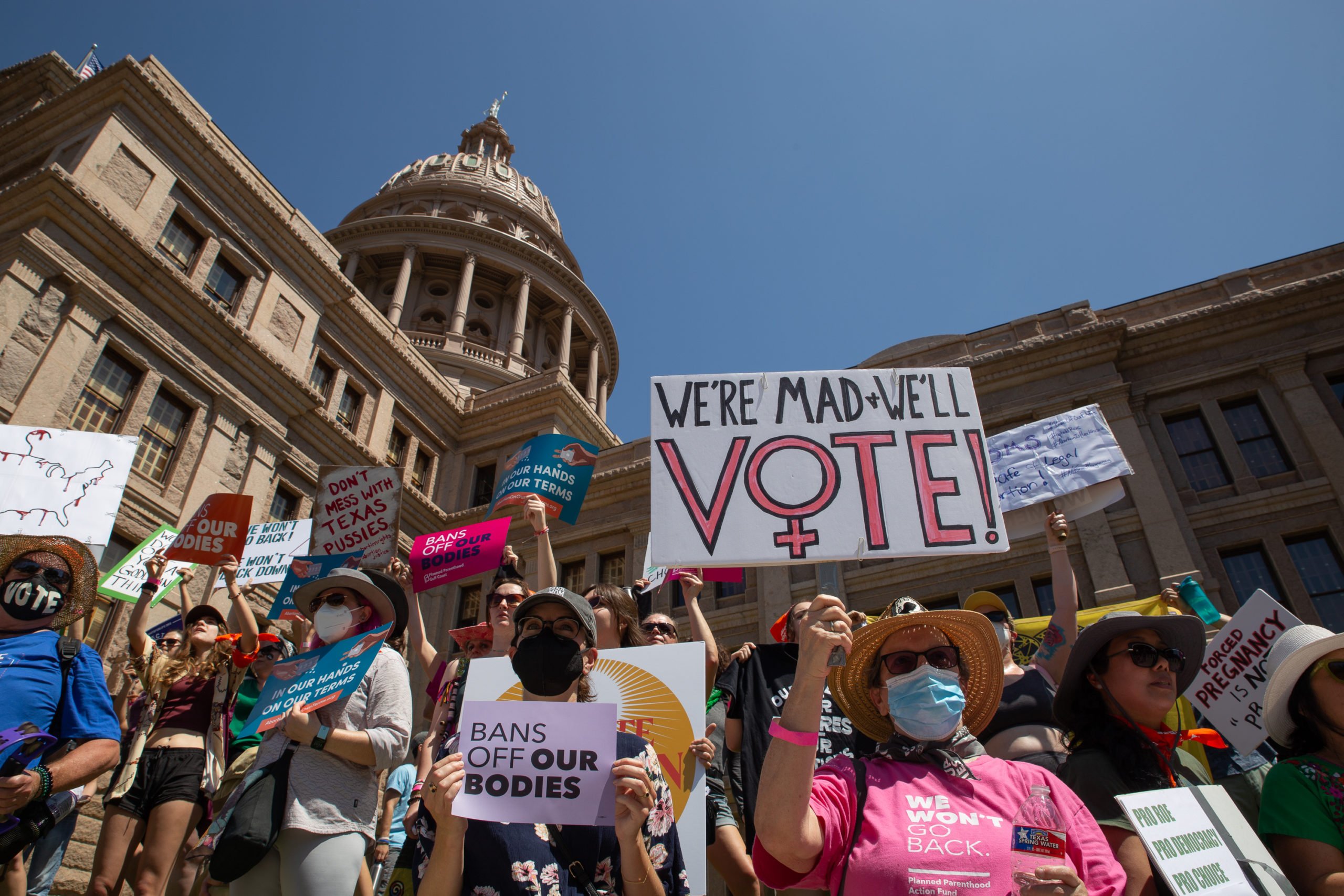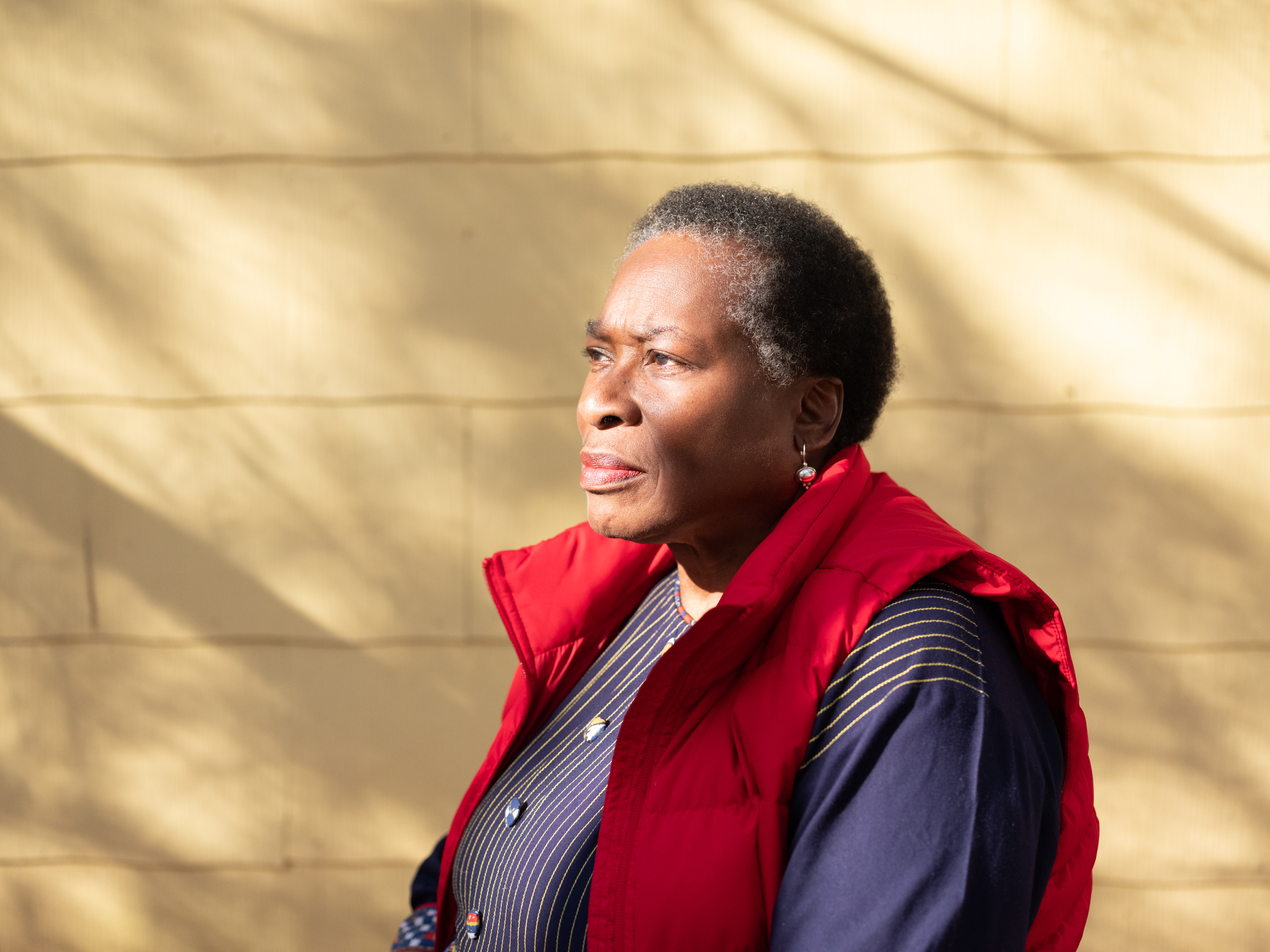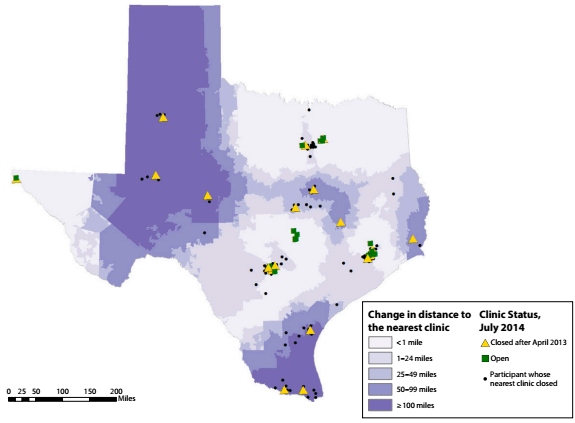
Report: Abortion in Texas Harder to Access, and More Costly, After HB 2

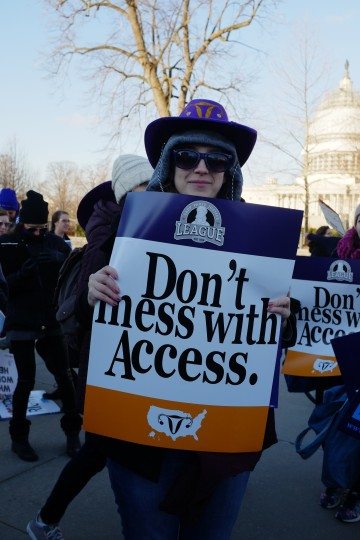
A new report released Thursday shows Texas abortion patients traveled farther for services and experienced higher out-of-pocket costs following the closure of more than half of the state’s legal abortion providers in 2014. The closures came after the implementation of parts of Texas’ omnibus anti-abortion law, HB 2, which is currently being challenged at the U.S. Supreme Court.
Thursday’s is the latest report from the Texas Policy Evaluation Project (TxPEP), a University of Texas research group that studies the long-term effects of Texas’ omnibus anti-abortion law and other changes to reproductive health funding and policies. TxPEP surveyed 398 women who sought abortions between May and August of 2014, when all but 19 abortion clinics in Texas were closed. Researchers then compared the experiences of two groups: women whose nearest clinic closed after HB 2’s admitting privileges requirement first took effect, and those whose nearest clinic didn’t close.
Women whose nearest clinic closed (38 percent of the 398 surveyed) ended up traveling an average of 85 miles for their abortion, while those whose nearest clinic stayed open (62 percent) traveled 22 miles. According to the Guttmacher Institute, the national average distance traveled to an abortion clinic is 30 miles.
Liza Fuentes, a lead author of the study, said the impact of longer travel distances is especially pronounced among women outside of the state’s largest urban centers. At the time TxPEP conducted its survey, the only legal abortion provider in the Rio Grande Valley, the Whole Woman’s Health clinic in McAllen, was closed.
“Women in west and south Texas were the women for whom the nearest clinic closed, after clinic closures…they ended up being much farther away,” she told the Observer.
For the women who saw their nearest legal abortion clinic close in 2014, the distance to the next closest facility increased from 17 miles to 70 miles.
Since 2013, TxPEP researchers have tracked HB 2’s impact on reproductive health care access through surveys, interviews and data analysis. In an October article, researchers detailed an increase in abortion appointment wait times in most major cities, sometimes up to 23 days. And in 2014, TxPEP researchers found that the abortion rate in Texas decreased by 13 percent six months after parts of the law first took effect in November 2013.
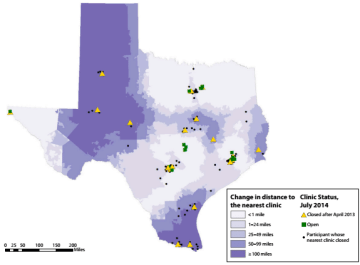
This latest study, published in the American Journal of Public Health, puts data behind concerns raised by mainstream medical organizations, reproductive rights organizations and abortion providers about the potential effects of HB 2’s restrictions. Critics of the law have said that low- and middle-income Texans have more difficulty arranging and funding longer trips to clinics and wait longer for appointments.
Researchers found that 32 percent of women whose nearest clinic closed reported spending more than $100 in out-of-pocket expenses to access abortion because of extra necessities, such as transportation, overnight accommodations, child care, and also lost wages from taking time off work. Those expenses were added to the cost of the procedure itself.
In the course of defending the law in court, the state of Texas has disputed arguments that HB 2 places an “undue burden” on abortion patients.
Whole Woman’s v. Hellerstedt challenges two of HB 2’s provisions — the requirement that doctors who provide abortions obtain admitting privileges at nearby hospitals, and a mandate that clinics operate as hospital-like ambulatory surgical centers (ASCs). If the Supreme Court upholds the law, Texas would likely be left with just 10 legal abortion-providing ASC’s, down from more than 40 abortion-providing clinics and ASC’s before Governor Rick Perry signed HB 2 into law in July 2013.
“If the [ambulatory surgical center] requirement goes into effect, we can anticipate that some of these burdens that we study here — out of pocket costs, not being able to receive a medication abortion — will only increase,” Fuentes said. “Our past research leads us to think that that’s primarily because of the limited capacity of these remaining facilities to be able to meet the demand.”
Tenesha Duncan, administrator at Southwestern Women’s Surgical Center in Dallas, said she doesn’t see how her clinic — which meets both HB 2’s admitting privileges requirement and the ASC mandate — will be able to meet the additional demand for services should the Supreme Court uphold the law. Duncan said the clinic is already seeing 50 percent more patients from places like Lubbock, Amarillo, and even Louisiana, where state lawmakers have passed anti-abortion restrictions similar to those in HB 2.
“Trying to meet that need will be impossible. We’re already getting two-, three-month-out appointments,” she told the Observer. “I think people will almost be guaranteed to have to wait at least a month or six weeks to get an appointment.”
HB 2 is “changing the landscape of abortion access,” Fuentes said. “For some women, that will mean an added cost, especially for women who lack resources. For women who had their nearest clinic close, these burdens are even greater.”
